The exhibition ‘Caravans of Gold’ seeks to expand the limited narrative of African art that is commonly presented in art museums through a critical rethinking of the medieval period. In this process it also responds to some of the pressing questions of our time. How can an art museum represent a past that is notable for its absences? How can we make sense of a material culture that survives only in fragments? What role does imagination play in resurrecting the past?
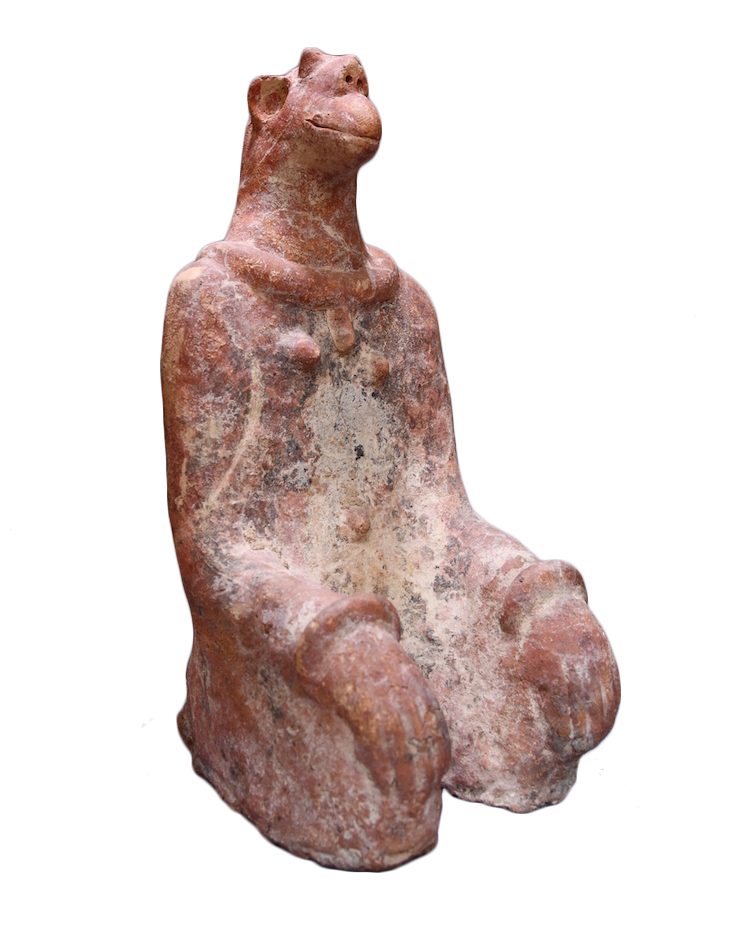
Kneeling Figure (10th–14th century), Natamatao, Mopti region, Mali. Musée National du Mali
The show emerged from my experience working on an earlier exhibition with a historical focus. In 2008 I was the curator at the Art Institute of Chicago’s version of ‘Benin, Kings and Rituals: Court Arts from Nigeria’ (a presentation I worked on in close consultation with Barbara Plankensteiner, who was the chief curator of this touring show). This landmark exhibition reunited Benin objects that had been separated for more than a century, scattered among museum collections across Europe, Nigeria, and the United States. It was a significant opportunity both to introduce American audiences to a long view of African history through its arts, spanning from the 15th to the end of the 19th century, and to raise awareness about how such objects came to be in Western museums. The experience left me determined to tell other stories of this kind, about even earlier periods in African history.
Exhibitions of African art rarely deal with the continent’s history before the 19th century, a time frame that encompasses the establishment of the first collections of African objects in ethnographic and natural history museums in the West. The origins of these institutions are tied to colonialism and their collections reflect what could be obtained at the time (whether coerced, purchased, received as gifts, stolen, etc.). In the mid 20th century, just as European colonialism on the continent was beginning to unravel, many of the same types of objects – such as masks, regalia, ritual sculptures – were also integrated into the collections of art museums. The attempt to present historical periods through time, which is a standard approach in Western art museums, is noticeably absent from these displays of African art, and in its place is an emphasis on cultural groups. This, as well as a lack of focus on individual artists, continues to set the presentation of African art apart from that of art from other areas of the world. It is up to curators of these collections to expose and reckon with these biases.
The absence of West Africa in common perceptions about the Middle Ages is a serious shortcoming. Archaeologists’ site reports are full of enticing descriptions of material fragments uncovered in towns around the Sahara that were once thriving centres of trade; fragments of lustreware, cuerda seca ware, glass vessels, glass beads, cast copper work, iron work, terracotta and, occasionally, gold work have all been found at these sites. These materials, which are the remains of Africa’s medieval history, are preserved in the storerooms of institutions in their countries of origin. They are crucial to our study of the past, and for a curator they are also the starting point for making it tangible. However, integrating them into an art exhibition is challenging because they fall outside of what is considered to be art. For stories like this to enter the art museum, a purposeful realignment is required.
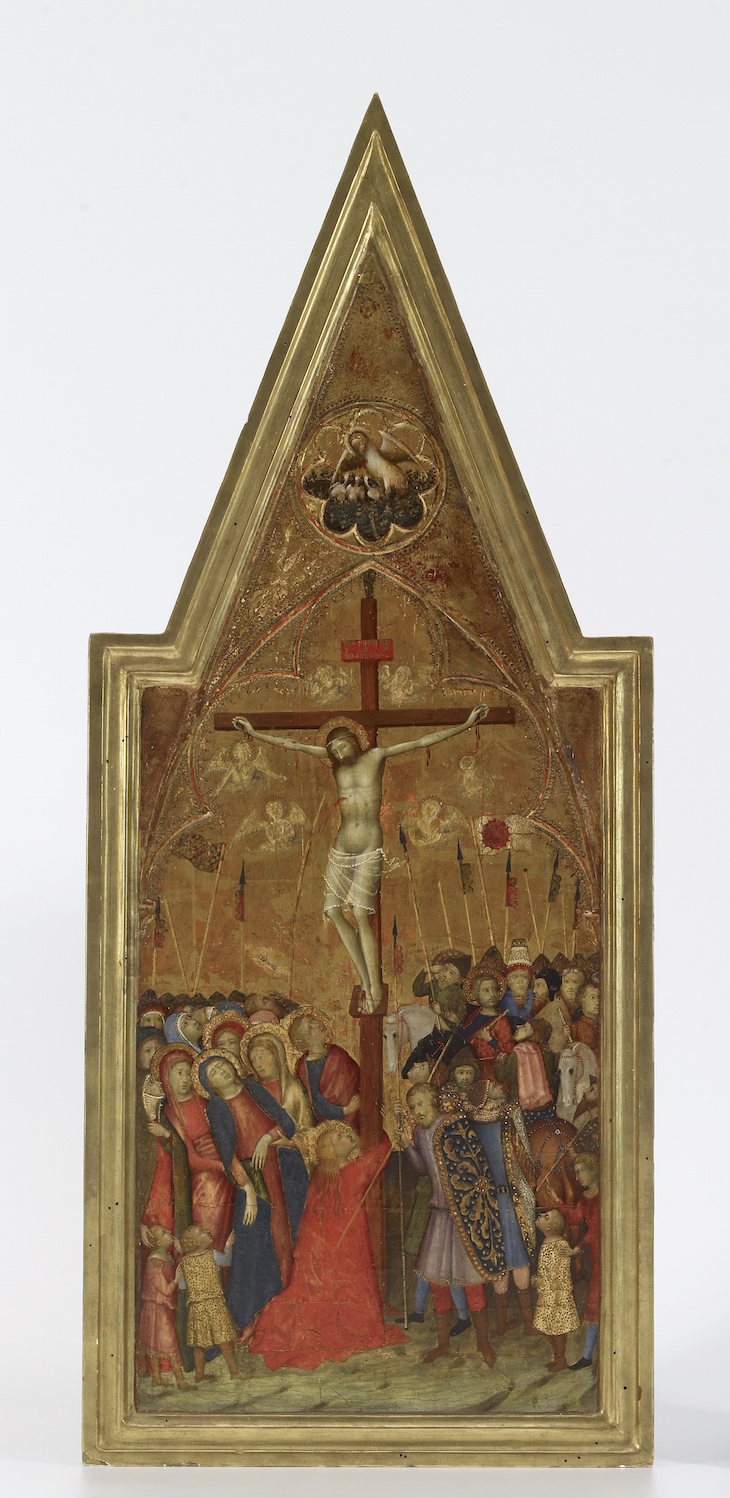
The Crucifixion (1350–59), Naddo Ceccarelli. Walters Art Museum, Baltimore
‘Caravans of Gold’ starts with the acceptance of the incomplete legacy of history and affirms the value and the affective impact of being in the presence of materials that have survived from the past, no matter how fragmented. The exhibition also asks new questions of long-familiar medieval objects from Western Europe. For example, the gold that embellishes a 14th-century Italian panel painting is likely to have been transported across the Sahara by camel before it was loaded on to a ship at Ifriqiya or Tangier bound to cross the Mediterranean. Indeed, gold was the primary impetus for trans-Saharan exchange in the medieval period. In Western Africa the legacy of such exchange is seen in only a handful of gold objects that have survived, including a small ring from the site of Sijilmasa (Morocco) and a group of gold jewellery from an elite grave at the site of Durbi Takusheyi (Nigeria).
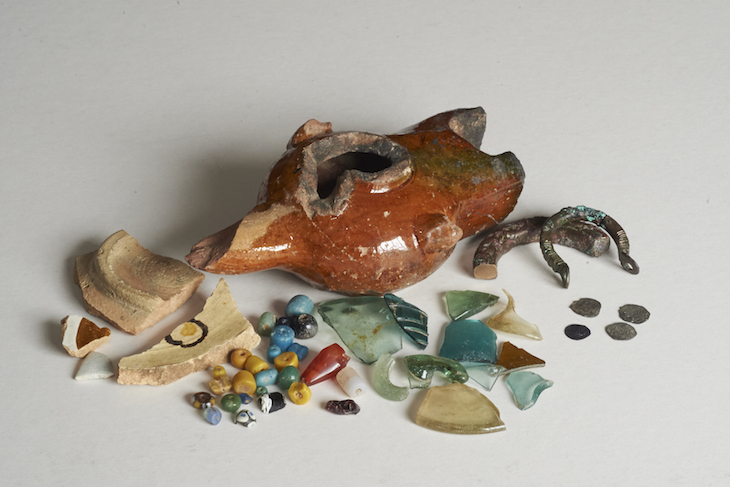
A selection of excavated finds from Essouk-Tadmekka, Mali, including fragments of glazes ceramics, stone beads and semi-precious stones. Photo: Sam Nixon
At the heart of the installation is a selection of rare fragments from sites around the Sahara desert, on loan from institutions in Mali, Morocco, and Nigeria. The exhibition employs what is sometimes called ‘the archaeological imagination’ – the act of conjuring the past through surviving traces. In ‘Caravans of Gold’ this is amplified by seeing how, in the context of an exhibition focusing on African history, archaeological fragments bring new understanding to complete works of art from the medieval period when they are seen side by side. For example, a small piece of Chinese porcelain excavated at the site of Tadmekka (Mali) is presented next to a contemporaneous Qingbai porcelain bowl from the Northern Song dynasty in China, allowing visitors to see what the fragment once was and what this says about the reach of medieval trade. Copper ingots and copper figures from central Nigeria and ivory sculptures from Sicily and France, all dating between the 13th and 15th century, raise questions about long-distance economic transactions and the cross-continental journeys of these raw materials. Isotopic testing of the famed seated figure found at Tada, Nigeria, suggests the source of the copper from which it is cast may have been France. Together, fragments and complete works of art can help us imagine a global past that has become obscured over many centuries.
‘Caravans of Gold, Fragments in Time: Art, Culture and Exchange across Medieval Saharan Africa’ is at the Block Museum of Art from 26 January–21 July.
From the January 2019 issue of Apollo. Preview and subscribe here.
Unlimited access from just $16 every 3 months
Subscribe to get unlimited and exclusive access to the top art stories, interviews and exhibition reviews.

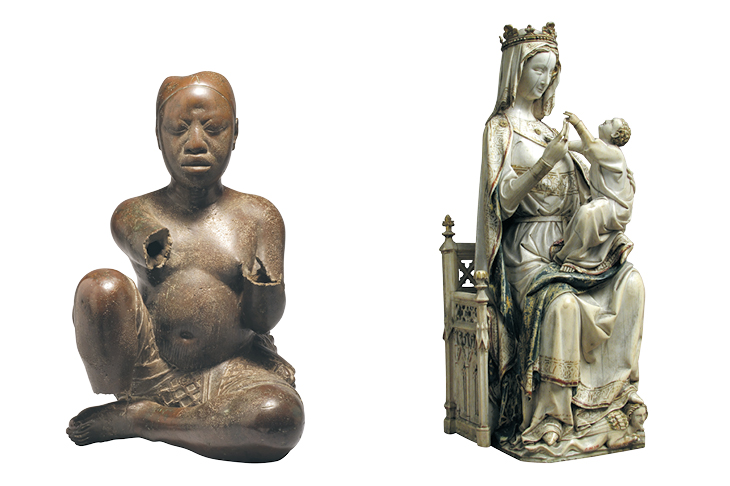
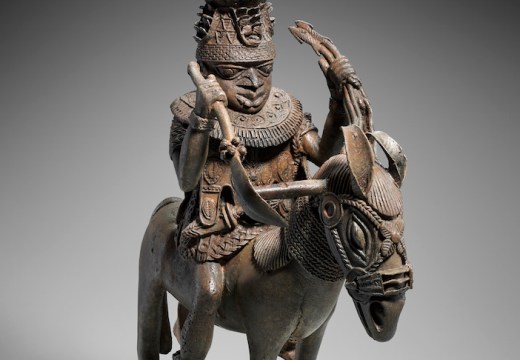
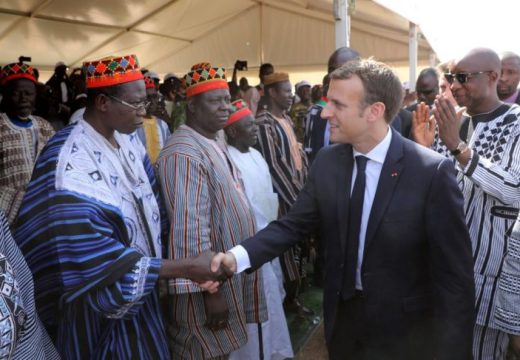
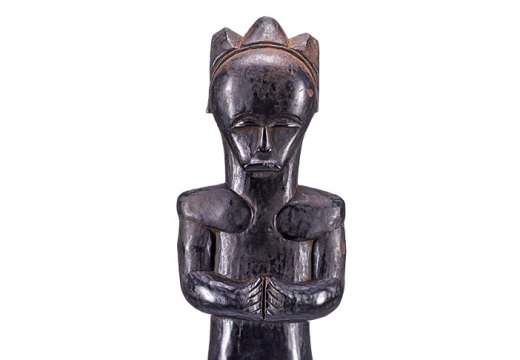









![Masterpiece [Re]discovery 2022. Photo: Ben Fisher Photography, courtesy of Masterpiece London](http://www.apollo-magazine.com/wp-content/uploads/2022/07/MPL2022_4263.jpg)
It’s time for the government of London to return to its rightful home